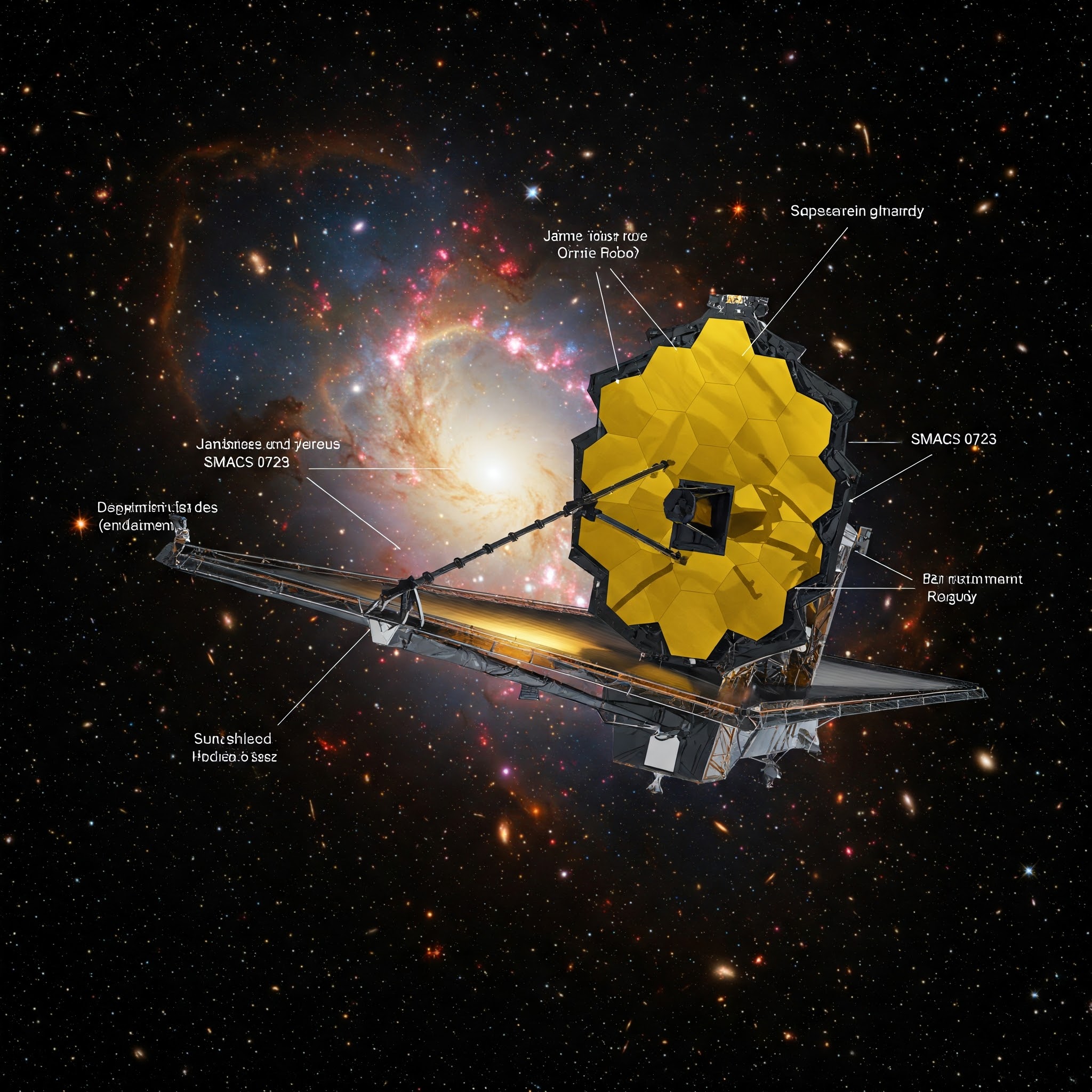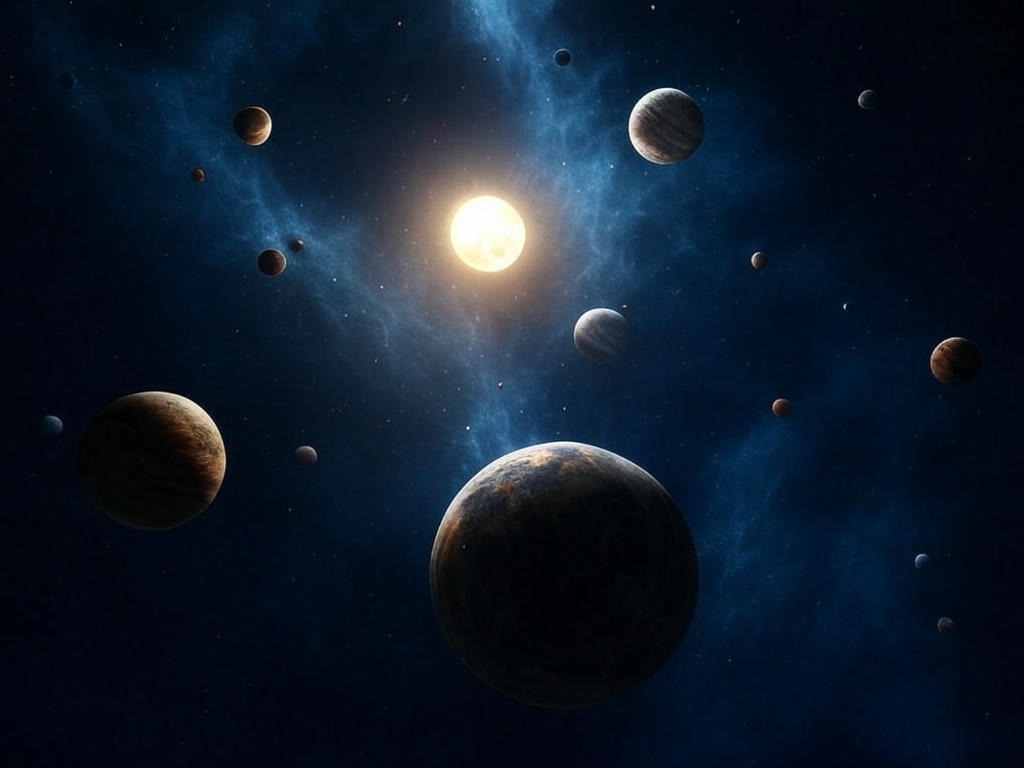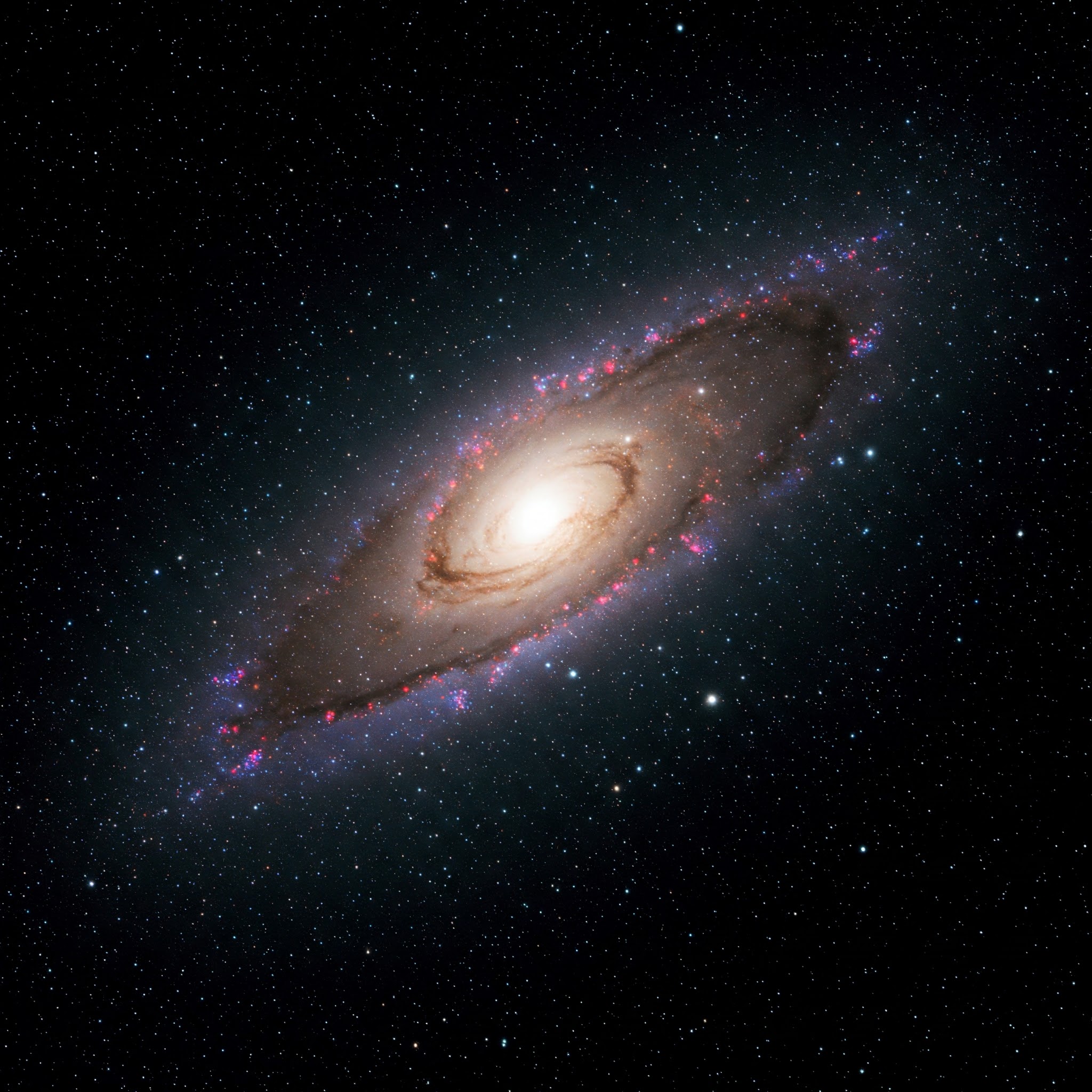Launched in December 2021, the James Webb Space Telescope (JWST) is the most powerful space observatory ever built. As the successor to the legendary Hubble Telescope, JWST is already transforming our understanding of the cosmos—with images that are both stunning and scientifically groundbreaking.

1. What Is the James Webb Space Telescope?
The JWST is a joint project of NASA, the European Space Agency (ESA), and the Canadian Space Agency (CSA). It orbits the Sun about 1.5 million kilometers from Earth at a point called Lagrange Point 2 (L2).
Unlike Hubble, which mainly sees in visible and ultraviolet light, JWST is an infrared telescope. This allows it to look deeper into space—and further back in time—than ever before.
2. Why Infrared Matters
Infrared light can pass through cosmic dust that blocks visible light. This makes JWST perfect for observing:
-
The earliest galaxies formed after the Big Bang
-
The birth of stars and planetary systems
-
The atmospheres of exoplanets, searching for signs of life
With its massive 6.5-meter gold-coated mirror and advanced instruments, JWST captures light from objects over 13 billion years old.
3. Incredible Discoveries So Far
In its first year, JWST delivered breathtaking images and data, including:
-
Ancient galaxies that appear more developed than scientists expected
-
Stellar nurseries like the Carina Nebula, where stars are born
-
The most detailed spectrum of an exoplanet’s atmosphere
-
Evidence of complex molecules like carbon dioxide and water vapor on distant worlds
These discoveries are changing our models of how galaxies evolve, how stars form, and even where life might exist in the universe.
4. How JWST Helps the Search for Life
One of JWST’s missions is to analyze the atmospheres of exoplanets—planets orbiting other stars. By studying the light that passes through a planet’s atmosphere, JWST can detect molecules like water, methane, and carbon dioxide—all potential indicators of habitability.
As technology and analysis methods improve, JWST could one day help identify planets with the right conditions for life.
5. The Future of Space Science
The James Webb Space Telescope is just beginning its mission, which is expected to last at least 10 years. Scientists around the world will use its data for decades to come.
JWST is not just a telescope—it’s a time machine, a chemistry lab, and a cosmic storyteller. It reminds us that even from millions of miles away, we can uncover secrets from the dawn of time.


